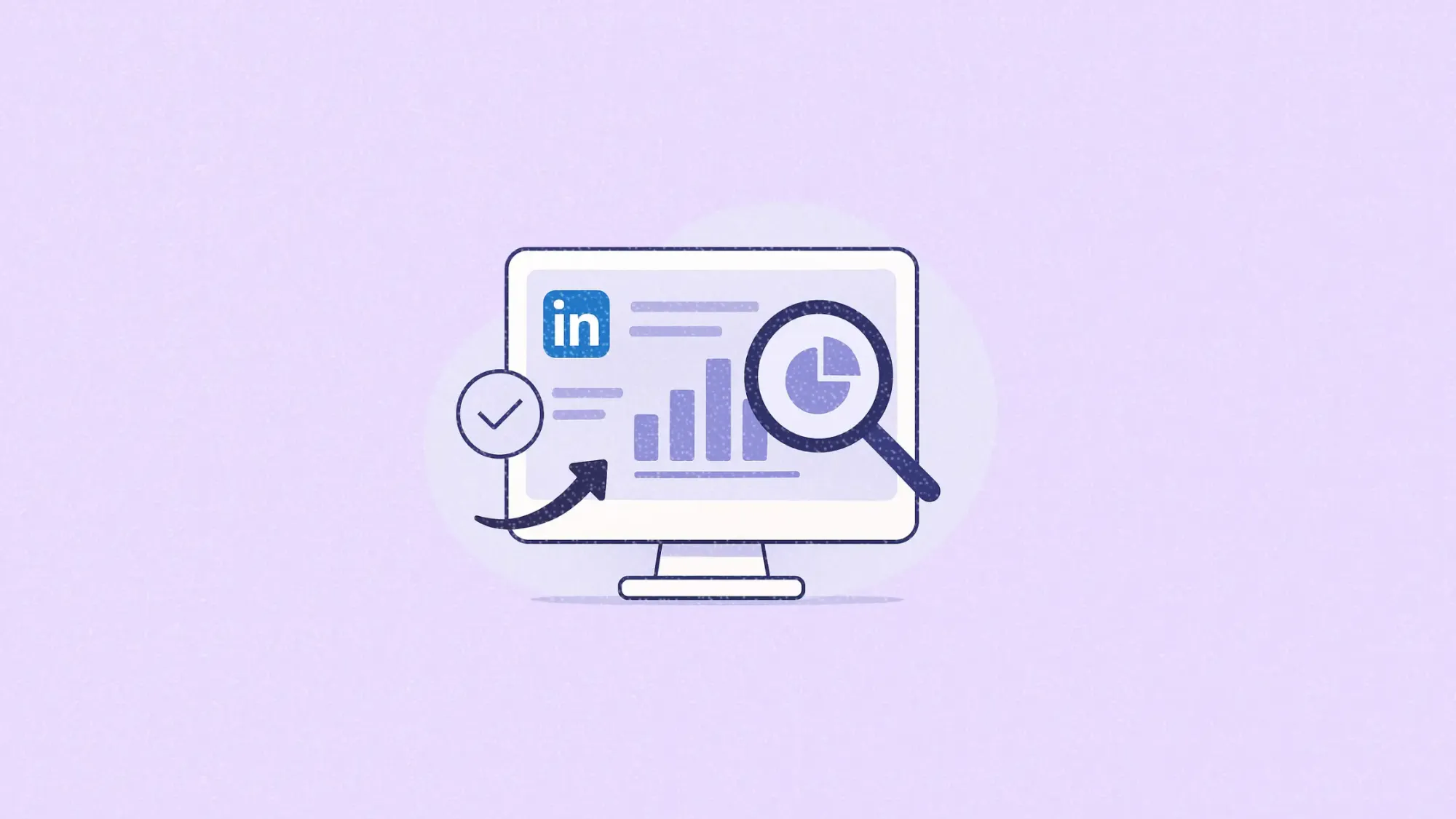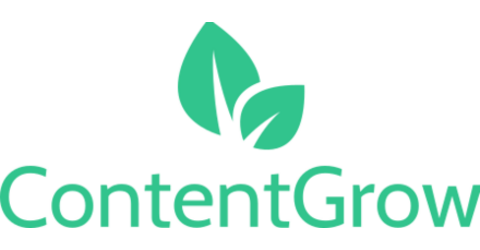New LinkedIn API finally lets marketers track real content impact
LinkedIn launches analytics API and deeper post metrics to help marketers connect content to real business results

LinkedIn is doubling down on its value to creators and marketers with a set of upgrades that make it easier to measure what matters—real business outcomes, not just likes.

This article explores LinkedIn’s new Member Post Analytics API, how it changes the way performance is tracked across platforms, and why it could shift how marketers use the network for growth and lead generation.
Short on time?
Here’s a table of contents for quick access:
- What’s new with LinkedIn’s analytics?
- What makes the new metrics different?
- Why this matters for marketers
- Strategic uses for B2B and e-commerce

What's new with LinkedIn’s analytics?
LinkedIn is now letting creators and marketers plug their post performance data directly into 11 major third-party platforms, including Hootsuite, Buffer, Sprinklr, and Zoho. The new Member Post Analytics API offers direct access to post-level engagement data—without needing to rely solely on LinkedIn’s native tools.
Unlike past limitations, this API is free to access through a simple approval process and is already live across key scheduling and analytics platforms such as Metricool, Oktopost, Later, and Vista Social.

What makes the new metrics different?
This isn’t just about reach and likes anymore. LinkedIn has introduced deeper analytics that tie your posts to real user actions—helping creators and businesses understand how content moves the needle.
Metrics now fall into two new categories:
- Profile activity: Tracks how many people viewed or followed your profile after seeing a specific post.
- Link engagement: Measures clicks on custom CTA buttons like “Visit website” or “Subscribe to newsletter.” (Note: This feature is exclusive to Premium users with profile links enabled.)
As LinkedIn Vice President of Product Management Gyanda Sachdeva puts it, the goal is to show “how your content sparks interest, helps make your profile more visible, and drives people to action.”
Why this matters for marketers
For marketers working to prove ROI on thought leadership, brand visibility, or lead generation, this is a breakthrough. Previously, post metrics were mostly vanity-driven—likes, views, or shares. Now, marketers can trace content directly to:
- New followers and profile visits
- Website or newsletter clicks
- CTA performance tied to specific posts
This kind of visibility enables smarter decisions about what to post, when, and why—especially for those managing multiple platforms and client accounts.
Strategic uses for B2B and e-commerce
1. Connecting content to pipeline
For B2B marketers, tracking profile visits and follower growth gives insight into how content is warming up leads. A post about a product launch that leads to a spike in profile views can signal buyer interest—offering a new soft-conversion signal for sales teams.
2. Optimizing content formats
By comparing link engagement across formats—videos, carousels, personal stories—marketers can double down on what drives action. Want more site traffic? Track which post types convert clicks.
3. Smarter channel investment
With richer performance data, teams can assess whether it’s worth investing in LinkedIn Premium features or shifting ad budgets toward organic content strategies that already generate action.
4. E-commerce insights
For e-shop owners, knowing which LinkedIn posts drive actual traffic—not just engagement—can shape future product announcements, creator partnerships, or seasonal campaigns.
The bottom line
LinkedIn’s new analytics tools offer a practical leap forward for anyone trying to tie content to business outcomes. With API access now available to third-party tools, creators and marketers alike can finally integrate LinkedIn into broader performance dashboards.
Marketers focused on audience growth, lead generation, or funnel conversions on LinkedIn now have the data to make sharper, more confident decisions.






